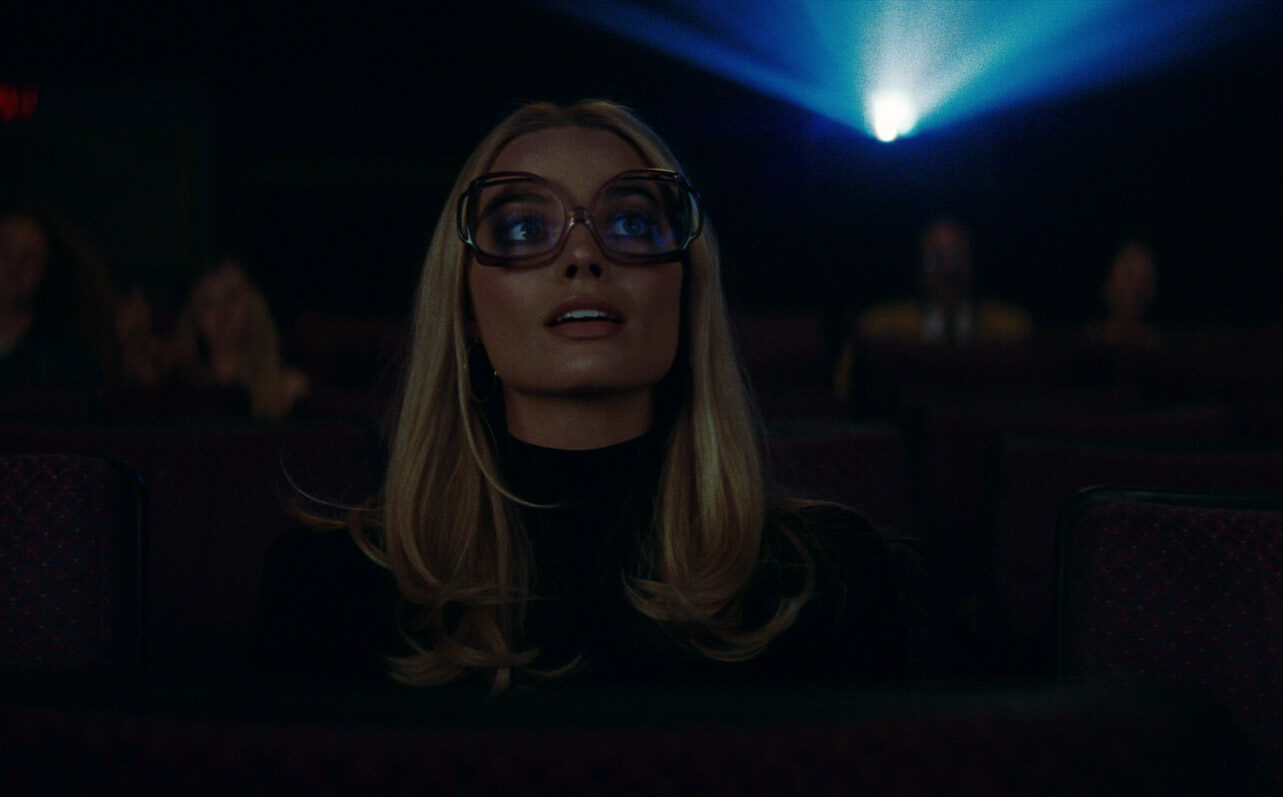From Carrie Bradshaw to Camille de Lalisse, Miranda Priestly to Sylvie Grateau, Serena van der Woodsen to Audrey Hope, Effy Stonem to Maddy Perez, Daphne Bridgerton to Bella Baxter, and the list goes on, cinema has always been fashion’s favorite mirror. From cult classics to binge- worthy shows, our screens have become moodboards translating iconic characters into everyday styling. The line between costume and closet has never been thinner.
View this post on Instagram
Every pairing tells a different story and each character leaves a trace in our wardrobes. If Sex & The City’s Carrie Bradshaw wrote about Manolos and vintage designer, while walking through Manhattan streets, Emily in Paris’ Camille de Lalisse paints it in denim and pre-loved leather in the center of Paris, both embodying the city-chic evolution.
View this post on Instagram
The Devil Wears Prada’s Miranda Priestly, once defined corporate power with structured silhouettes, tailored coats and status accessories. Decades later, Sylvie Grateau owns it in commanding Saint Laurent. Proof that authority can be seductive.
View this post on Instagram
We first met Gossip Girl’s Serena van der Woodsen in shiny fabrics, mini skirts and preppy messiness, now for Gossip Girl Reboot’s Audrey Hope, the retro revival and y2k glam gained life again.
View this post on Instagram
Skins’s Effy Stonem’s grunge layering and subcultures references in attitude-clothing prepared the ground for Euphoria’s Maddy Perez. Bold teen glam, latex, cut outs, metallic accents and streetwear mashups. Glossier chaos, but curated.
View this post on Instagram
And finally, Brigerton’s Daphne and Poor Things’ Bella Baxter, regency romance and avant-garde futurism, where experimental shapes, ethereal fabrics and strong draping push the boundaries of classic femininity.
What once felt cinematic, now feels lived-in. Back then, styling served the character, today the character serves the styling. But the most important part of this, is how each generation borrows, reinterprets and layers new fashion movements with nostalgia for the old. Old aspirational characters that shaped ideals have now become relatable personas who rewrite them beautifully. They don’t just dress up, they communicate through dressing, and that’s how intention becomes identity. Fashion on screen once was fantasy, now it’s reality and in some noteworthy cases, a diary.

